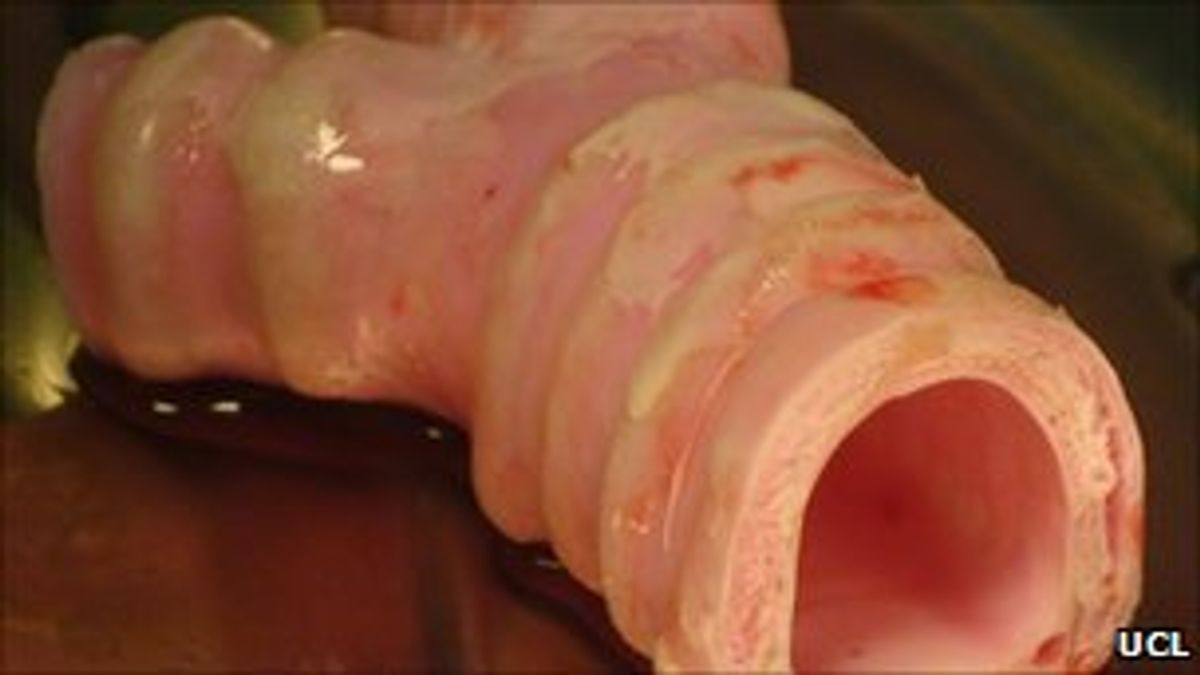The world’s first synthetic organ transplant is taking on the role of scientific achievement by which all others are measured. Sort of like, ‘if we can land on the moon, why can’t we make a [fill in the blank] that works.’
It is a remarkable achievement and is in part made possible by a nanocomposite developed at University College London (UCL) that serves as a scaffold that allows the stem cells to build upon it.
The lead surgeon in the procedure heaped praise upon the synthetic organ’s nanotechnology underpinnings.
“Thanks to nanotechnology, this new branch of regenerative medicine, we are now able to produce a custom-made windpipe within two days or one week,” says Professor Paolo Macchiarini in a separate BBC article covering the procedure.
We don’t know too much about the specifics of the nanomaterial used in the scaffolding, except that it’s being called a “novel nanocomposite polymer” and was developed by Professor Alexander Seifalian at UCL Division of Surgery & Interventional Science.
While the nanocomposite scaffold is a critical element to the artificial organ, perhaps no less important was the bioreactor used to grow the stem cells onto it, which was developed at Harvard Bioscience.
If you needed any evidence of how nanotechnology is not only interdisciplinary, but also international, you could just cite this case: UK-developed nanocomposite for the scaffolding material, US-based bioreactor in which the stem cells were grown onto the scaffolding and a Swedish-based medical institute to perform the transplant.
So I ask, which country or region is going to get rich from the breakthrough?
Dexter Johnson is a contributing editor at IEEE Spectrum, with a focus on nanotechnology.




